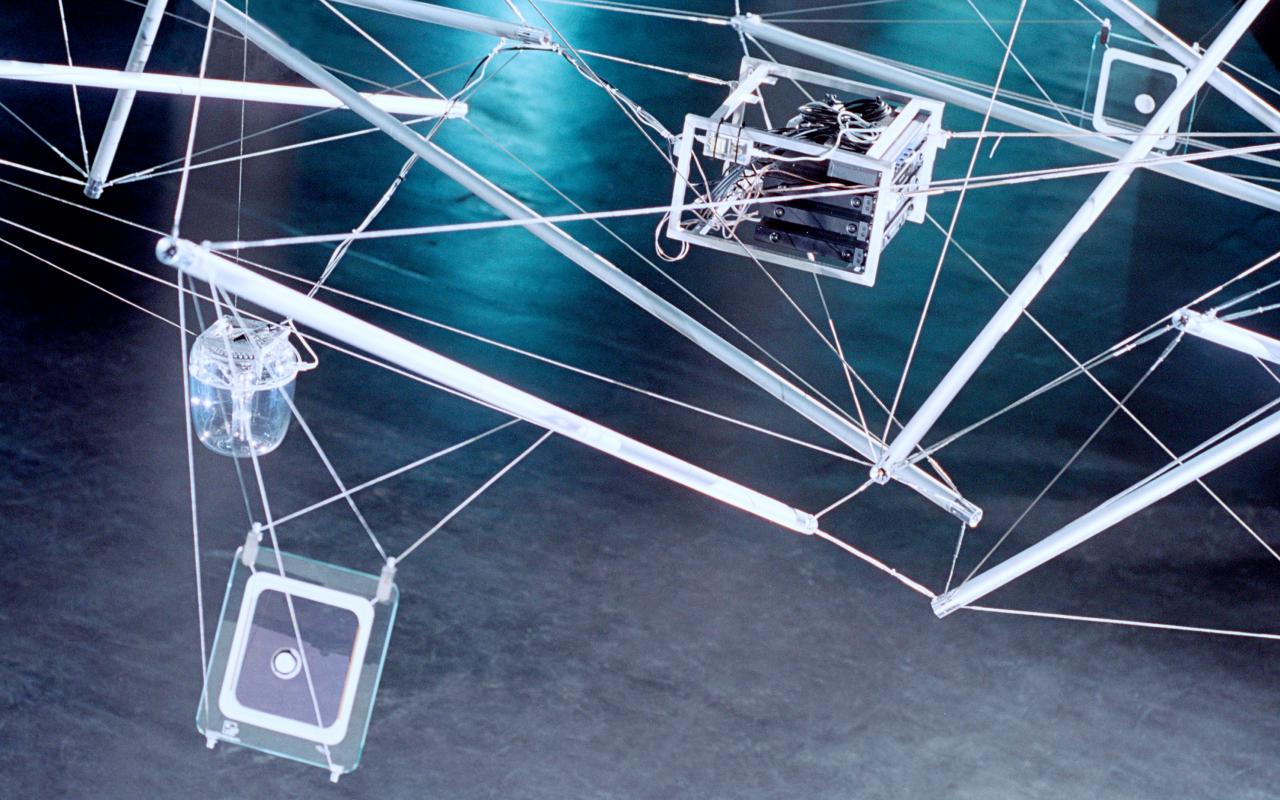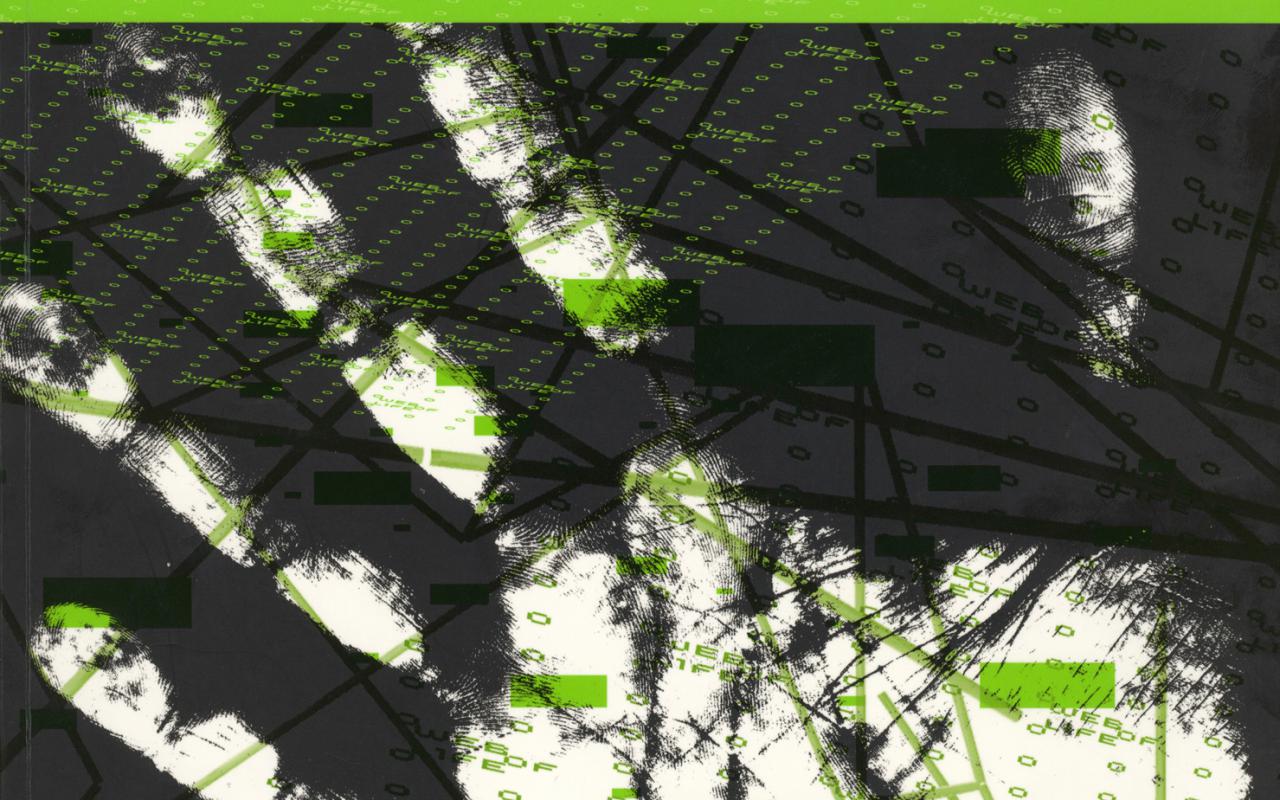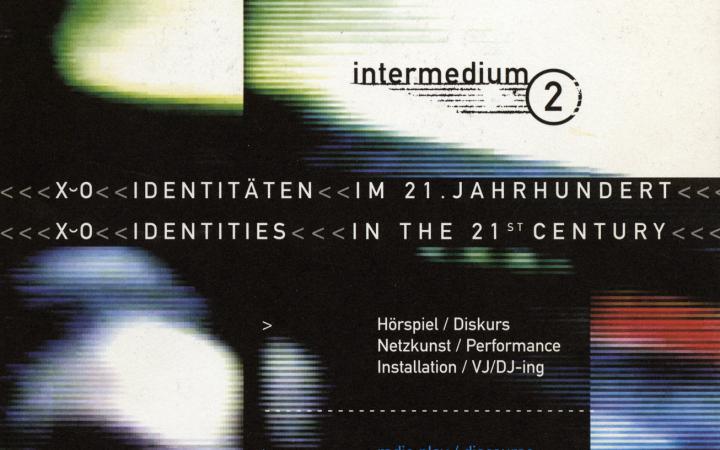
Introduction
The theory of networks and networking is providing us with radical new insights into the underlying processes of nature, economy, and society. The »Web of Life« is conceived as a multi-disciplinary project that conjoins art and science to give form and expression to this fundamentally important new realm of understanding. Its three components are a book titled »The New Web of Life: the Art of Networked Living«, a large scale distributed interactive artwork, and a web site.
Formulated by the writer Michael Gleich and artist Jeffrey Shaw, the project is sponsored by the Aventis Foundation and is being created and produced at the ZKM Center for Art and Media in Karlsruhe by a prominent team of artists, designers, architects, scientists, and technicians.
The project commences at the ZKM on March 22, 2002 and continues through till December 2003. The distributed nature of the artwork will allow it to be manifest at numerous interconnected locations worldwide during this period, while the book and Web site extend the scope of this project to an even larger public.
The Artwork
The Web of Life artwork allows persons to interactively influence the performance of an audio-visual environment by their imparting to it the unique patterns of their individual hand lines, thus giving symbolic and experiential expression to the action of connecting oneself to an emergent network of relations. This audio-visual environment is formed by an immersive conjunction of projected three-dimensional computer graphic and video images, together with a fully spatialized acoustic experience and a specially conceived architectural surrounding. Interaction is effected via a hand scanning user interface.
This artwork is configured as a distributed network of installations – one large-scale environment situated permanently at the ZKM, and four others designed to travel to various locations around the world during the period of the project. User interaction at any location communicates with and affects the audio-visual behavior of all the installations.
The Visual Experience
The artwork’s algorithmic emergent tapestry of audiovisual and thematic correspondences is activated and modulated by the patterns derived from the palms of visitors’ hands that are being scanned and entered into the system from the local and remote input terminals. These varied and always uniquely individual palm lines appear on the installation’s screen, with a caption indicating the name of the location where that person’s hand was scanned, e.g., New York, Tokyo, Berlin, Melbourne, etc. These lines then merge into and activate a singular sequence of transformations on the screen, and also in the musical score that accompanies the imagery. In this way each visitor connects with and breathes new life into this networked artwork – with a ritual handshake they awaken a fascinating world of visual and thematic correlations and make themselves protagonists of the Web of Life.
The projected imagery, which is computed in real time, is continually creating manifold structures and patterns that evoke an organic network of pictorial and thematic relations, such as the neuronal circuits of the human brain, the urban lattice of streets, the leads on a printed circuit board, the fan of waterways at a river delta, or the filigree of arteries in the human body. This iconographic articulation of network structures and processes is further enhanced by the combinatory integration of video sequences that are dynamically selected from a large database of creatively processed archival footage.
The Web of Life’s projections are implemented with custom software, the basic underlying concept of which is that of the network. It is an interactive and extensible coded environment in which special programs – known as nodes – are connected and communicatively generate changing visual networks in real time. Single program nodes process special tasks such as the control of the user interface, the selection and playing of movies, the modification of the visual network, and communication over the Internet. The visual network is programmed as a self-organizing system, utilizing biology-derived metaphors such as neuronal growth.
The Auditive Experience
The audio rendering environment enables the user to experience sound-field movements in three dimensions by means of true multi-channel audio projection. The aesthetic aim behind this approach is to create dynamic webs of sound vectors all around the visitors, and to imprint this sound image as a gestalt onto their perception. These three-dimensional sound gestalts move within their virtual sound spaces in varying relationships with the graphics.
The sound engine is laid out in a twofold manner. One layer is constructed as a network of sound streams that interlock with each other in various ways in relationship to the content structures of the imagery. A second layer projects these streams into the installation room as the hand lines dynamically evolve and fill the installation space over time. Various links between the imagery and the soundscape control its levels of complexity and spatial distribution. The audio environment inside the ZKM installation is connected (via the Internet) to those at the four traveling installations, so that when a new hand is scanned at any one of these sites, a new soundscape (relating to the new image sequence) is triggered at
all locations.
Installation at ZKM
The architecture of the ZKM installation is a curvilinear black cavity where the usually planar and orthogonal surfaces of walls, floor, and ceiling are substituted by an amorphous environment in which the dislocated audio-visual virtuality of the Web of Life’s projected formations are maneuvered into the foreground of the visitors’ experience. The exterior treatment of this enclosure, with its web of wires and strongly angled projected images of net-like geome-tries, presents the visitor with a further extension of the artwork’s thematics.
Entering the space, the viewers face a large 3.35m x 7m screen, onto which two high-resolution video projectors present a dynamic flow of three-dimensional images that are viewed with the aid of Polaroid stereo glasses. At the center of this room is the user input device, which offers the visitor a defined surface to put their hand where it is photographed through a glass plate from below. Then on an adjacent monitor, the video image of this hand is shown and digitally processed to reveal the main palm lines. These lines then appear on the large projection screen where they have a specific effect on the behavior and contents of the projected imagery, as well as on the sound environment.
This ZKM installation has an extensive matrix of seventy-two speakers within the projection environment, including the four walls, the ceiling, as well as within the screen itself. This grid, in tandem with elaborate acoustic treatment to the installation room, has been designed to yield a high-resolution spatial rendering, as well as a fine quality of audio imaging.
The architectural concept of the ZKM installation is based on the human perception of space and on the discourses concerning the shift from Euclidean geometry to the non-located virtuality of cyberspace. As the modality of the installation is WYSIWYG, the significance of its shapes per se is no longer relevant. The three-dimensional projected scenery inside obtains its elusive counterpart in the form of what could be described as a »fuzzy black potato«. Orientation (in a spatial and metaphoric sense) is indefinite, and the perception of inside/outside is rendered misleading. The remaining corporality of the structural surfaces are further erased by projected overlays, which – detached from the object as information carrier – become pure information. With the aged architectural traditions of »expressive presence« now giving way to the practices of ›media architecture‹, the ZKM installation posits the newer notion of »architecture as a computational editor that captures floating information«.
Mobile Installations
While the installation at the ZKM has a permanent site-specific design, the Web of Life’s four remote installations need to fulfill specific pragmatic criteria relating to the fact that they are traveling between various locations throughout the world over a long period of time. Two designs for these traveling installations have been developed, and both employ the use of a new holographic glass screen technology that allows the projected images to appear to float freely in space while being presented in fully illuminated surroundings. The form and functionality of the hand scanning interfaces at the traveling installations are identical to that of the interface used in the permanent installation at the ZKM.
The suspended version (Wolff-Plottegg and Böhm) is a modular tensegrity structure made of tubes and cables in which practically all the equipment is hung, including the speakers (made of glass) and the transparent projection screen. Only the hand scanning unit is floor mounted, and even here there is a wireless LAN connection to the hanging structure. The result is an immaterial and fluent embodiment of the network principal that allows itself to be connected to the host environment in various ways appropriate to each location. While this modular design needs a fairly large and suitable space, its constellation of cables and tubes suspended in midair presents a strategy of architectural dematerialization, the indeterminate geometry of which constitutes an elegant metaphor for the dynamic web of relationships that is the subject of the artwork.
A Distributed Network of Installations
The design of the floor mounted version (Shaw) is an elegantly restrained and functional enclosure of all the necessary equipment (computers, projector, etc.), the formalistic focus of which is the surface, where the visitors are invited to scan their hand lines, and the holographic back-projection screen where the projected imagery is seen. Six speakers are fixed to a simple framework that is hung from the ceiling or, alternately, mounted on stands. The precise design and small footprint of the overall construction facilitate the ease of its on-site installation, as well as its capacity to be integrated into almost any kind of indoor environment: a room, gallery, hallway, foyer, etc.
The topic of networking logic that is at the core of the Web of Life project is expressed and demonstrated by its cluster of installations that are positioned at various changing locations throughout the world, allowing persons everywhere to connect to and influence its audio-visual permutations. Using the now ubiquitous Internet, the installations are interconnected and respond at each location to the data coming in from users at all locations, thereby emphasizing the multi-user, interpersonal essence of network logic and constituting the model of a »networld« of distributed connectivity and emergent forms.
The network of five globally distributed installations allows people to jointly influence a shared audiovisual occurrence, and by scanning their palm lines they contribute an attribute of their identities to the changing identity of the artistically constituted formations. The richness of these formations, along with the complex algorithmic scenography of their reactive and emergent structures, signal the deeper implications of this enterprise, which expresses a condition outside the boundaries of subjectivity and objectivity, and beyond the binaries material/immaterial, art/information, people/machines, observer/participant, and natural/artificial.
- Website
- http://www.web-of-life.de
- Credits
- Jeffrey Shaw (Curator)
- Michael Gleich (Curator)
- Organization / Institution
- ZKM | Medienmuseum

